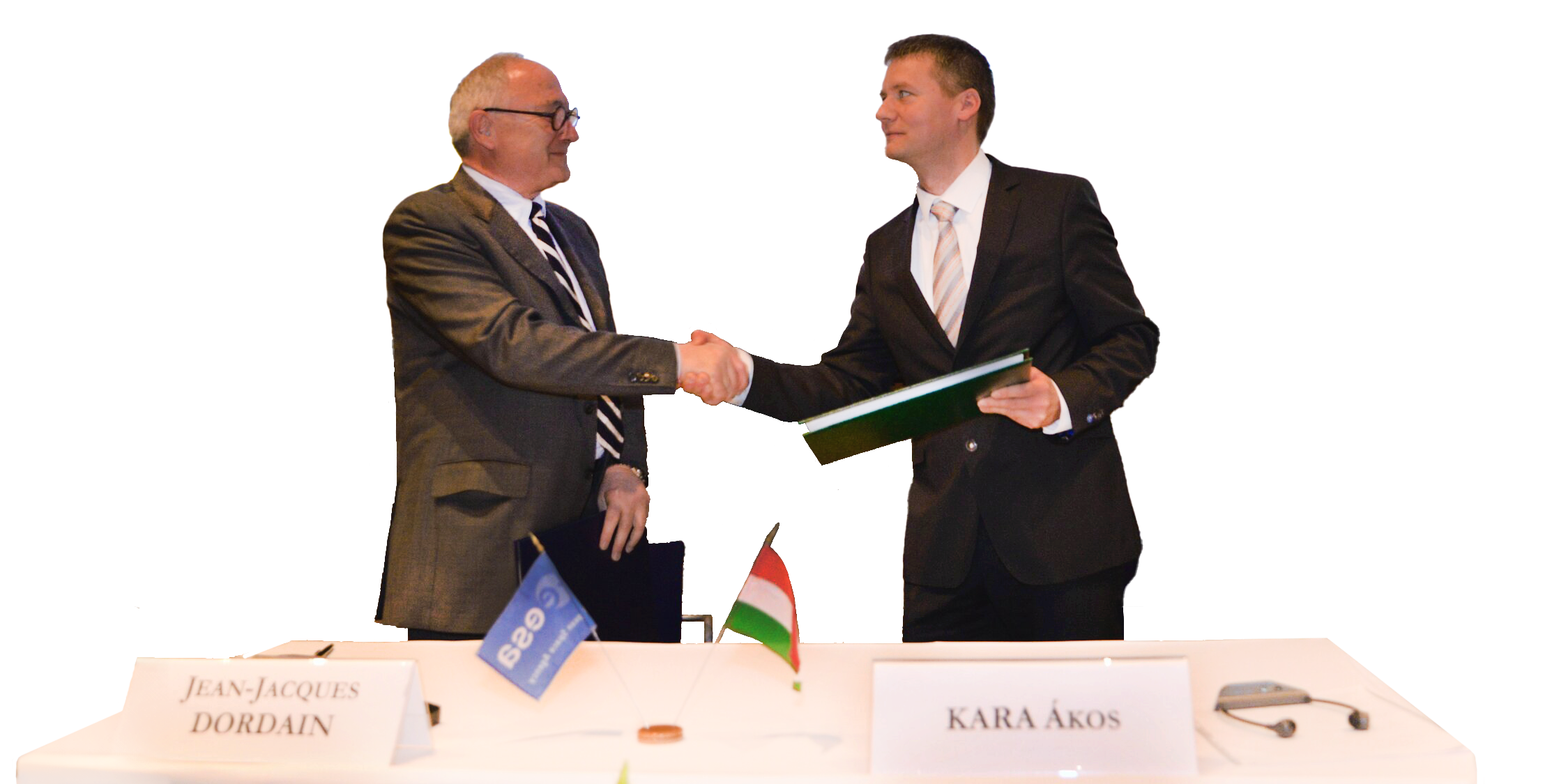HUNGARIAN
SPACEFLIGHT
General Farkas Bertalan as a First Hungarian Astronaut
In 1980, Hungarian pilot General Farkas Bertalan became the first Hungarian astronaut aboard Soyuz 36. As part of the Soviet Interkosmos program, he spent eight days on the Salyut 6 station conducting scientific experiments, marking a key moment for Hungary in space exploration.
The scientific objectives of his mission included:
- Measuring radiation doses received by crewmembers using small sensors placed on their clothing and station walls.
- Studying the formation of interferon in human cells under microgravity conditions.
- Photographing Hungary from space while simultaneously capturing video footage from an airplane and helicopter.
- Conducting material science and crystal growth experiments in the Splav furnace to understand the physical processes of melting, diffusion, and crystallization in space.
In addition to these experiments, Farkas also contributed to medical, biological, and psychological studies that explored human resilience to the stresses of spaceflight.

Joining the European Space Agency
Hungary began collaborating with the European Space Agency (ESA) in 1991 and became a full member in 2015. In 2021, Hungary aimed to send an astronaut to the International Space Station, leading to the first agreement between ESA and a member state for a national astronaut research program.
Joining the European Space Agency
Hungary began collaborating with the European Space Agency (ESA) in 1991 and became a full member in 2015. In 2021, Hungary aimed to send an astronaut to the International Space Station, leading to the first agreement between ESA and a member state for a national astronaut research program.

Hungary launched the HUNOR program with a $99 million USD budget to support space research and development. In cooperation with Axiom Space, the program began preparations for a national astronaut mission, partnering with NASA, ESA, and Axiom.
Hungary selected 4 candidates from 240 astronaut applicants. These candidates embarked on a two-year training program that includes the history of space exploration, key scientific disciplines, pilot training, and specialized physical exercise and diet routines.
The Hungarian government signed the Spaceflight Framework Agreement with Axiom Space, further solidifying their collaboration for future space missions.
Hungary signed a framework agreement with the European Space Agency (ESA) to receive support in training astronauts, flight surgeons, and in the implementation of activities at the ground control center and the integration of the science program. This program is unique, making Hungary the first ESA member state to have a national space research program as an official partner of ESA.
Axiom Space officially announced crewmembers for Axiom Mission 4 (Ax-4). The crew includes Commander Peggy Whitson, Mission Pilot Shubhanshu Shukla of India, Mission Specialists Sławosz Uznański of ESA/Poland, and Tibor Kapu of Hungary.
The Hungarian government announced the selection of Tibor Kapu, a mechanical engineer, as the astronaut for the HUNOR program, with Gyula Cserényi, an electrical engineer, selected as his backup. Hungary plans to send them to the ISS for a 30-day research mission at the end of 2024 or early 2025.